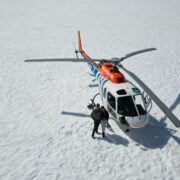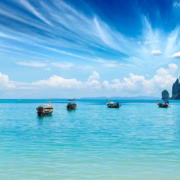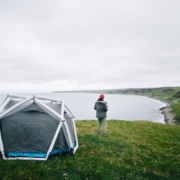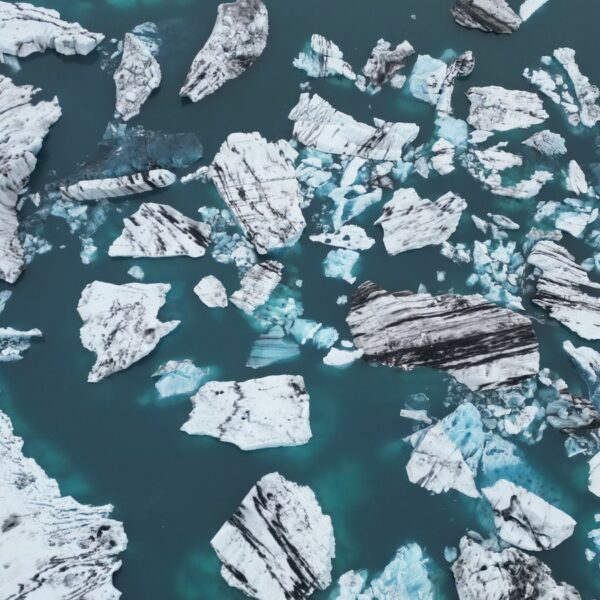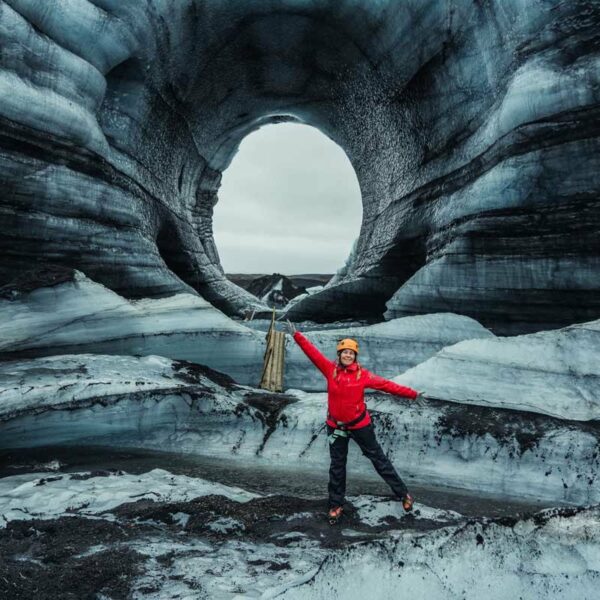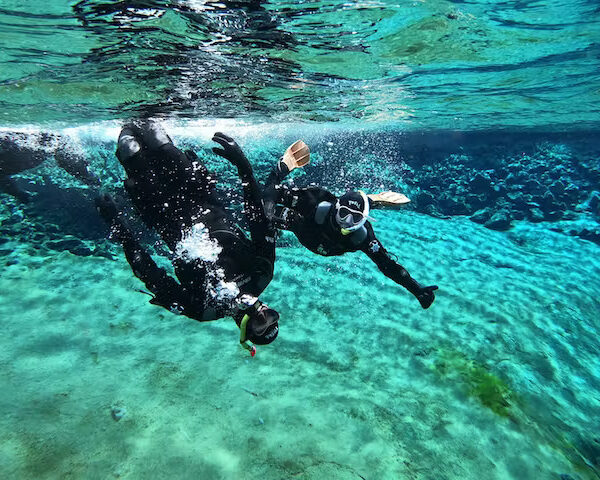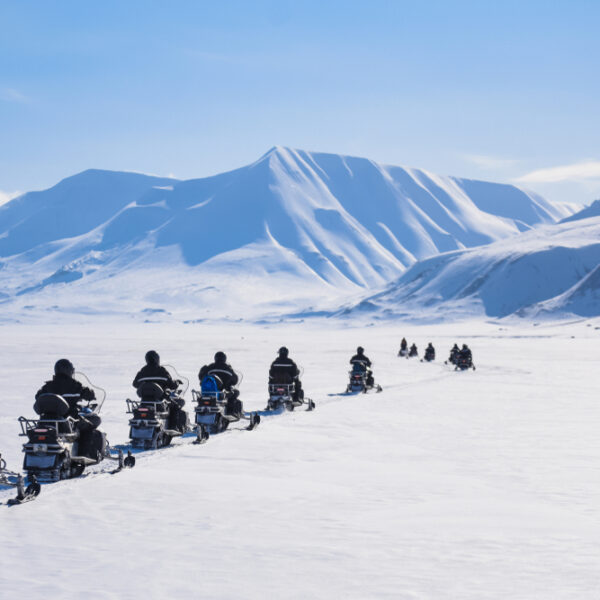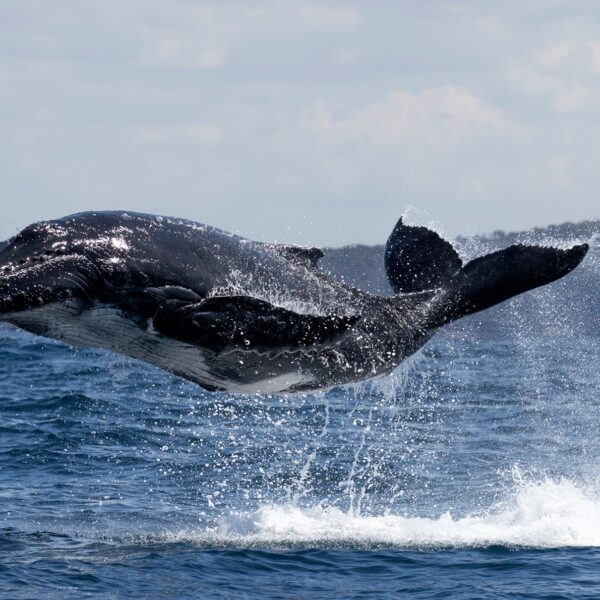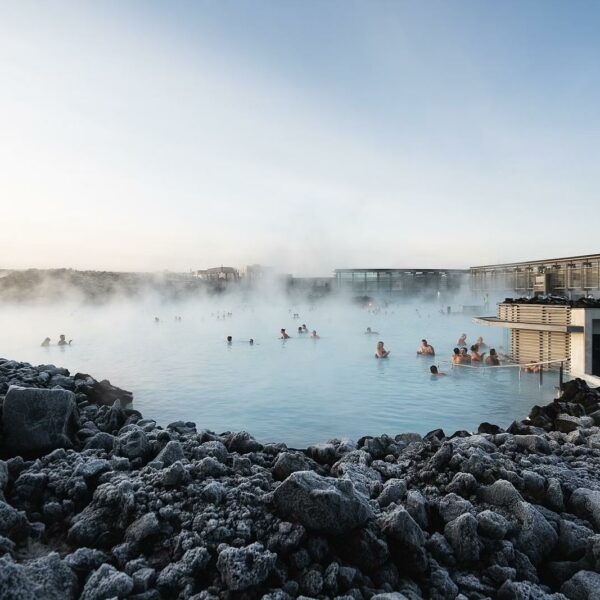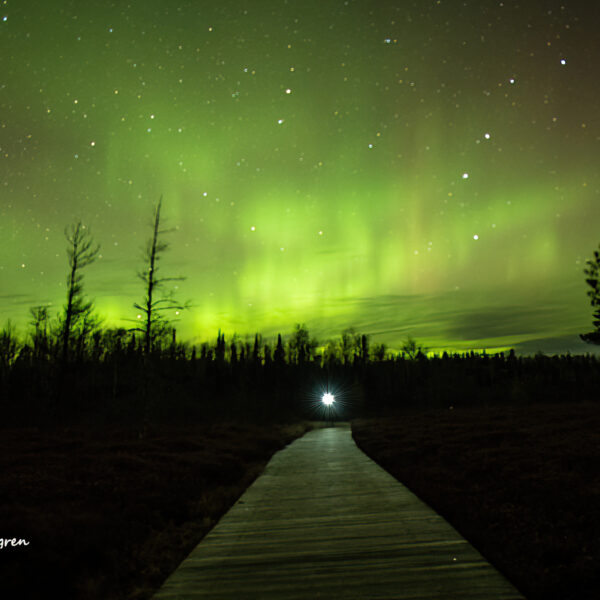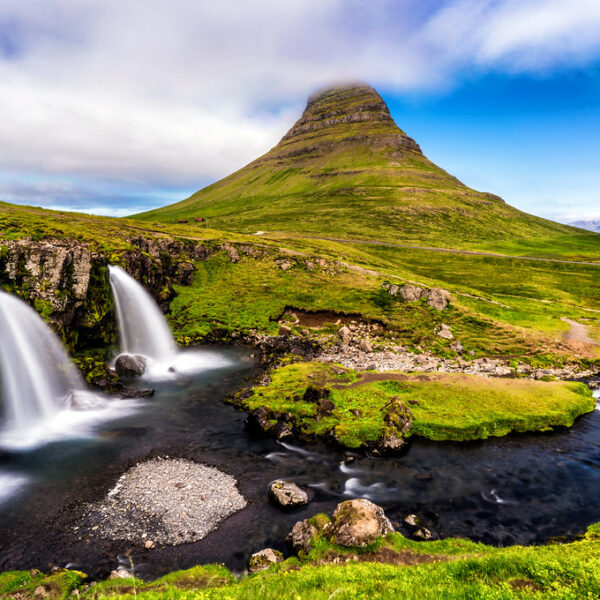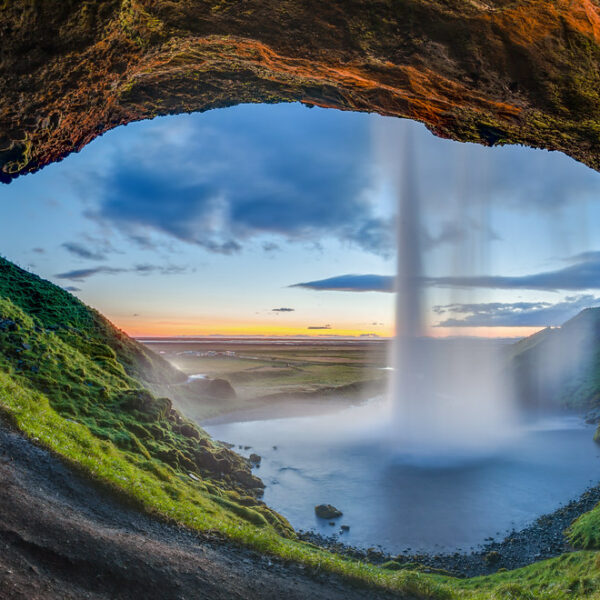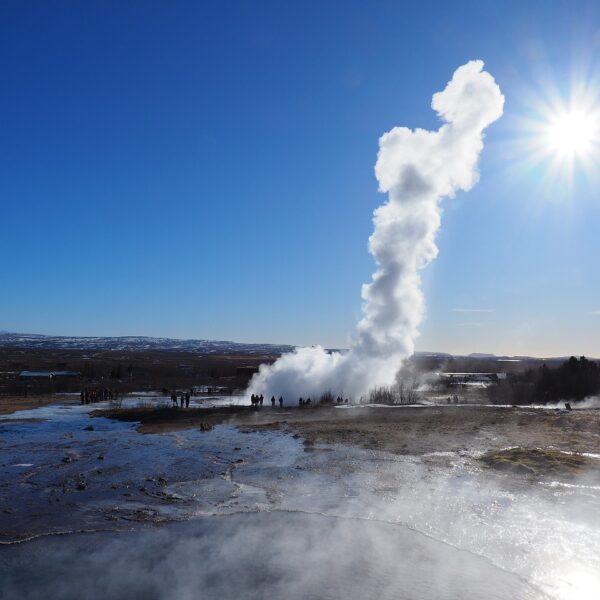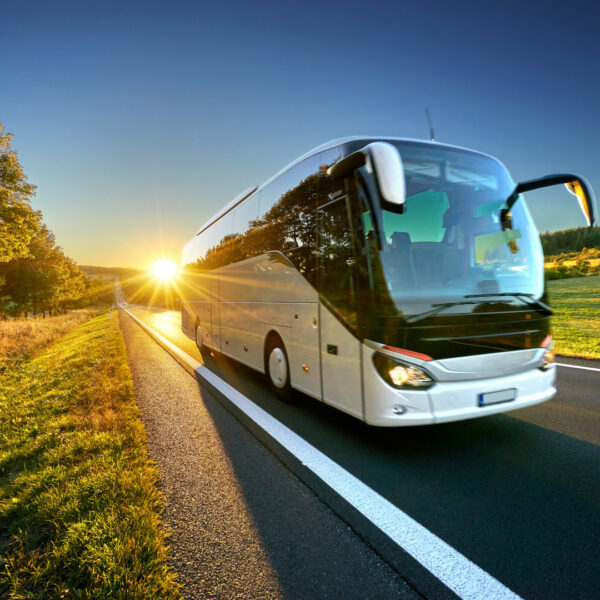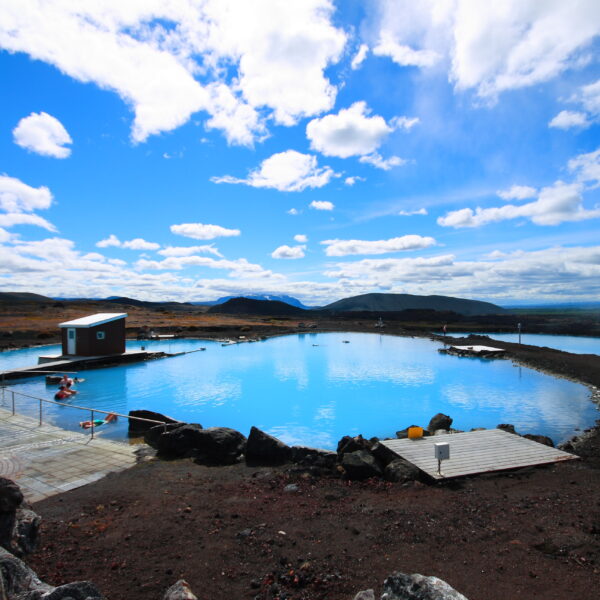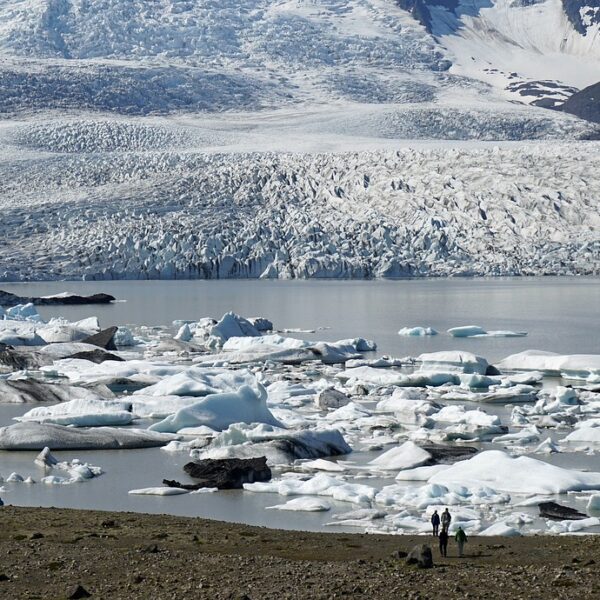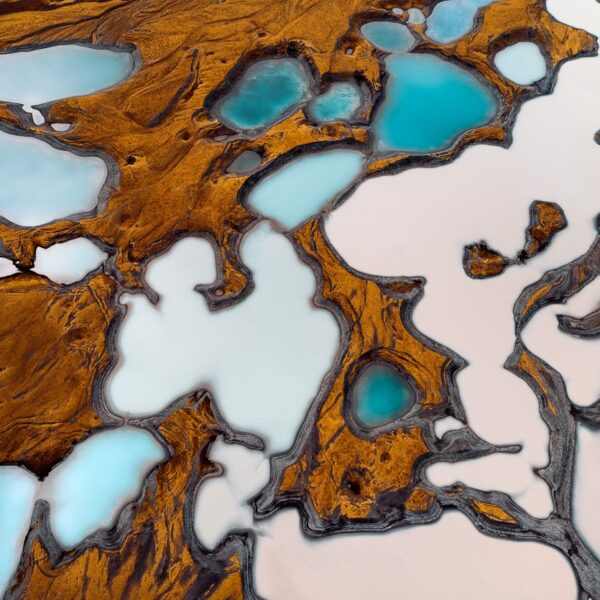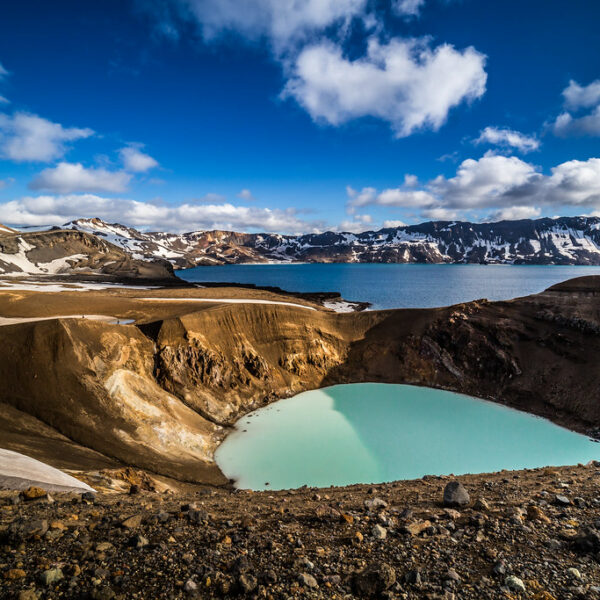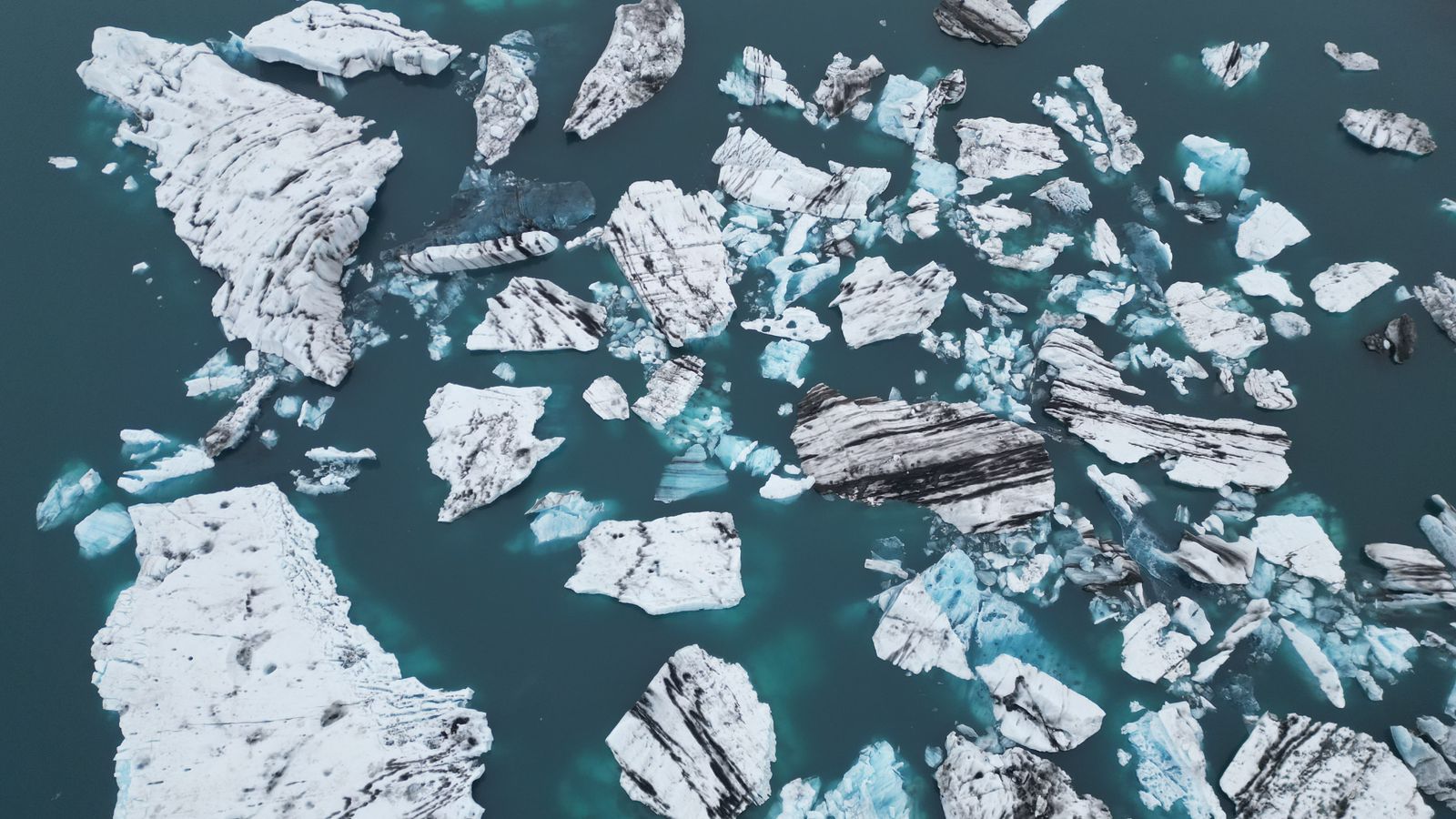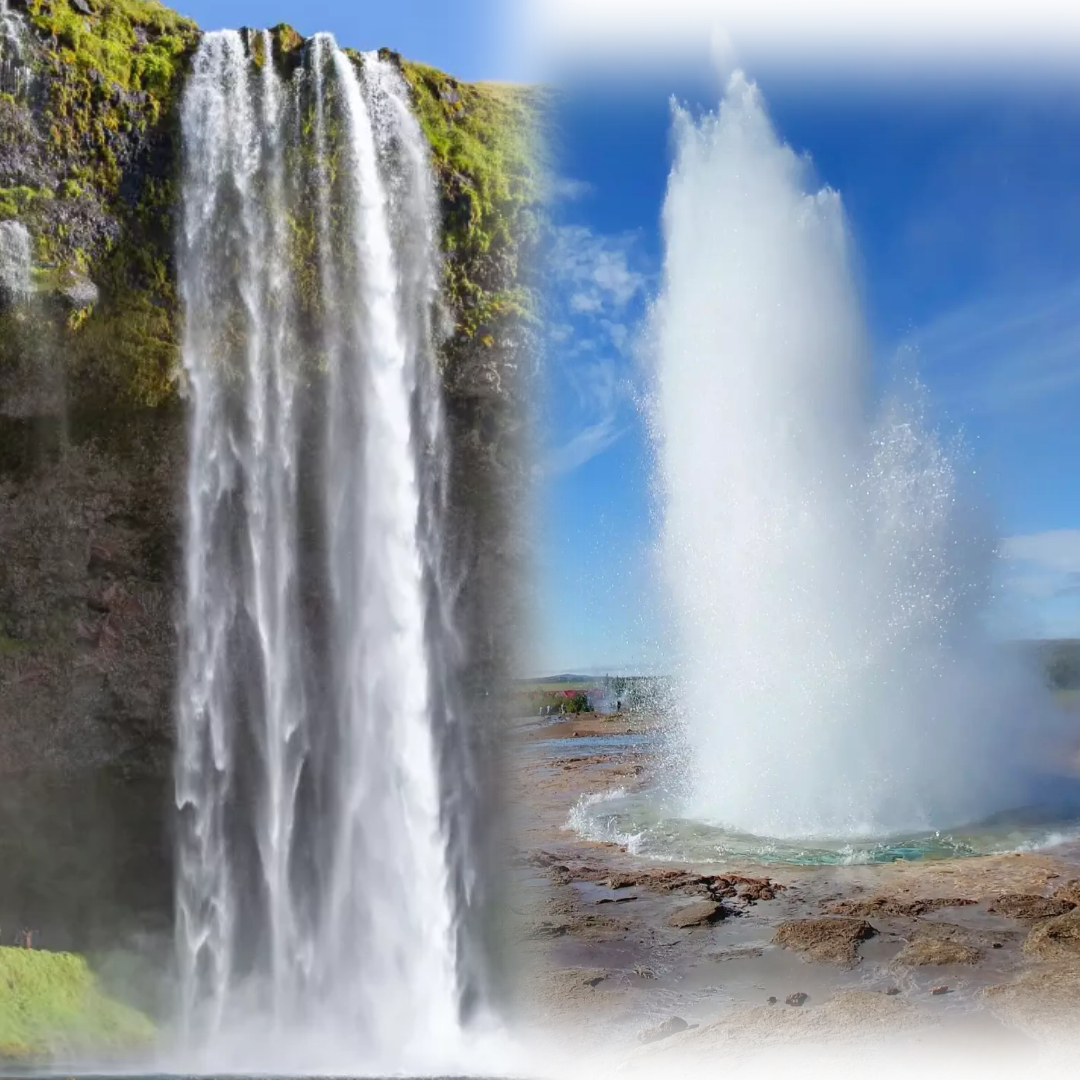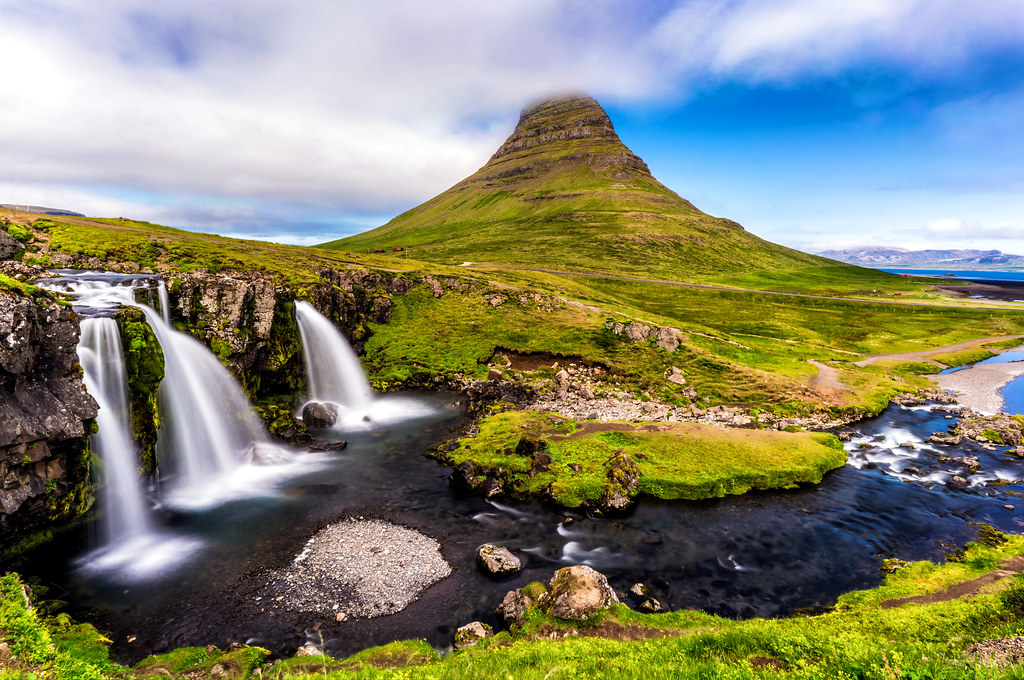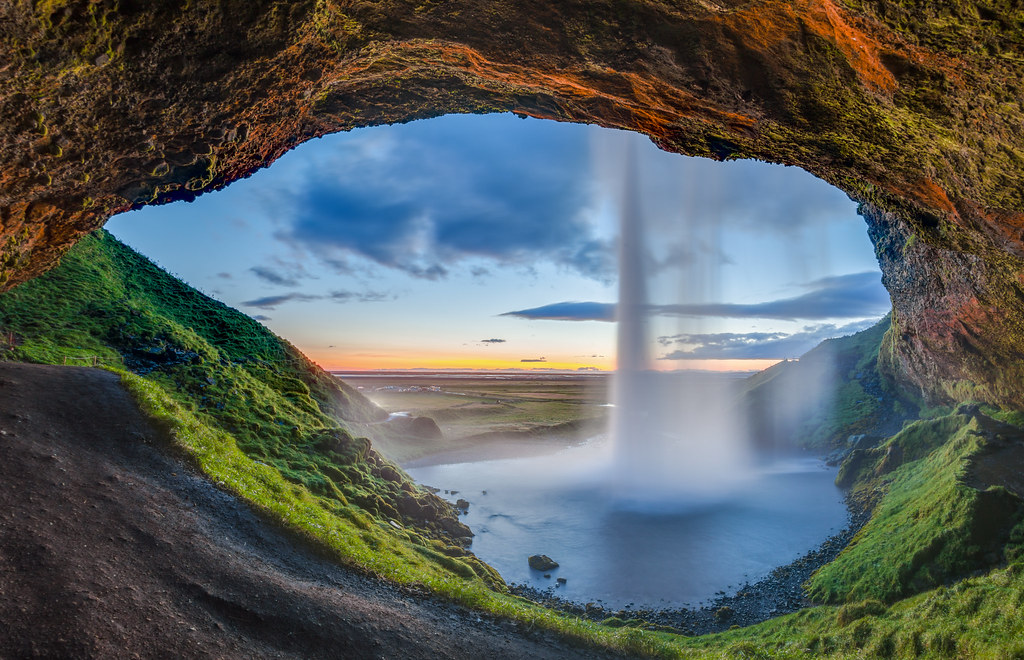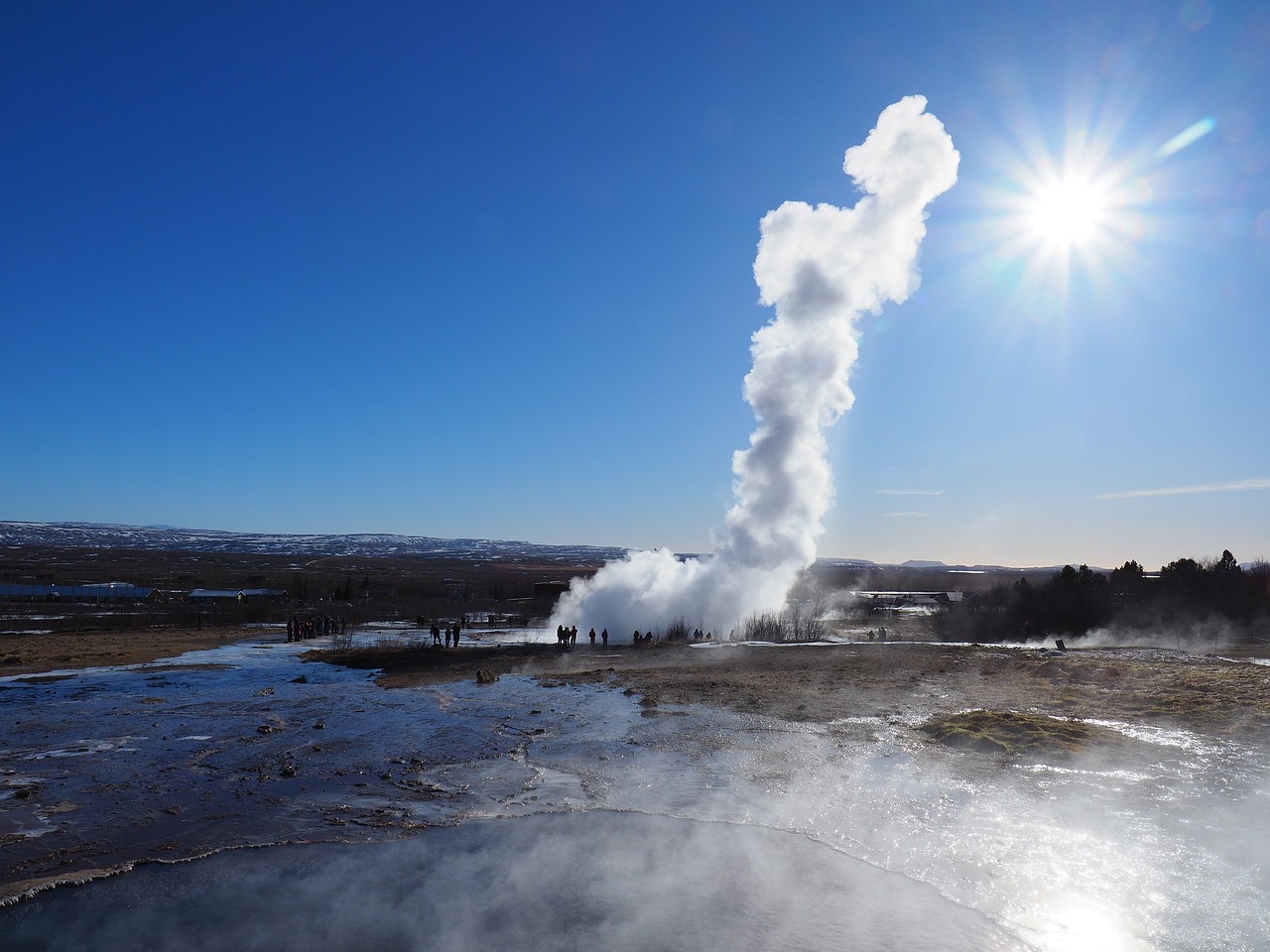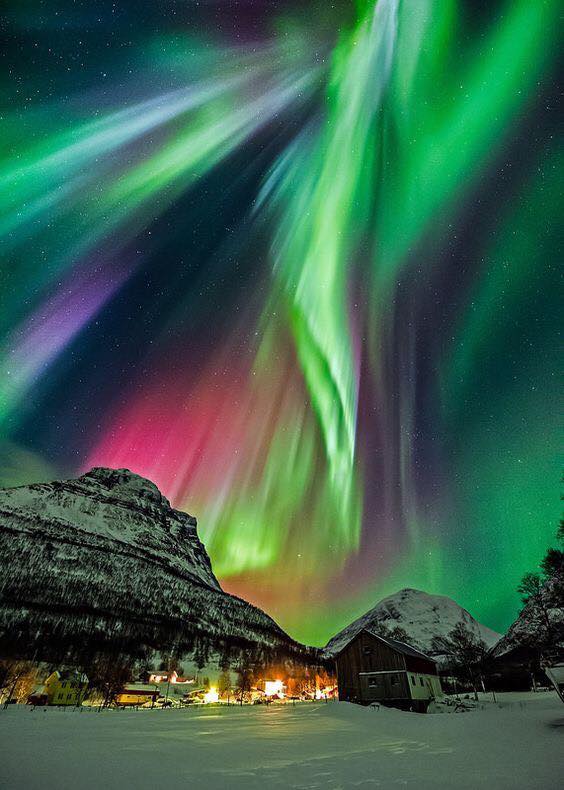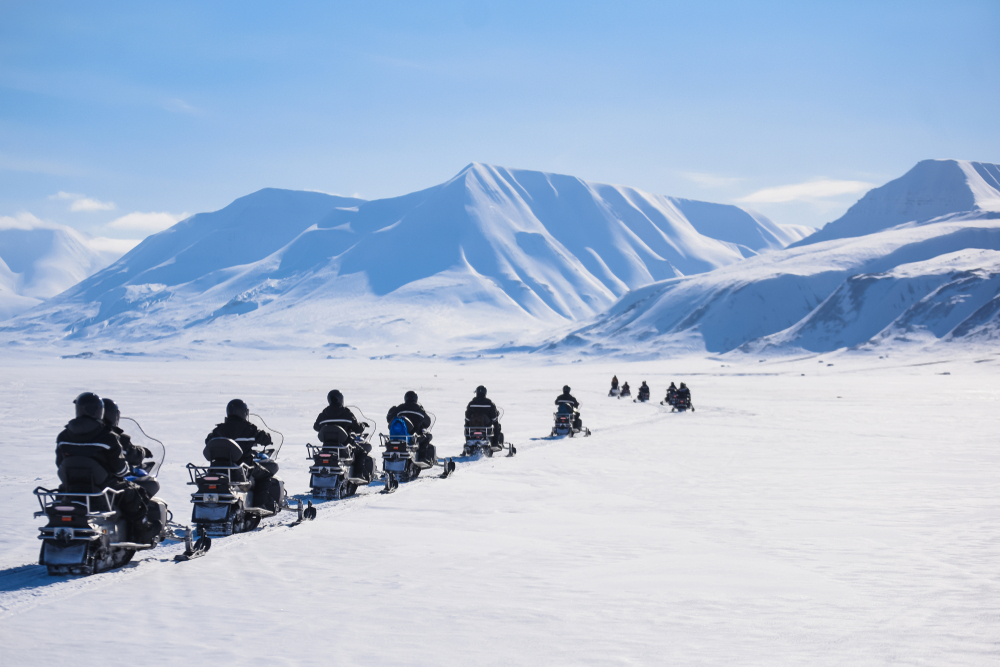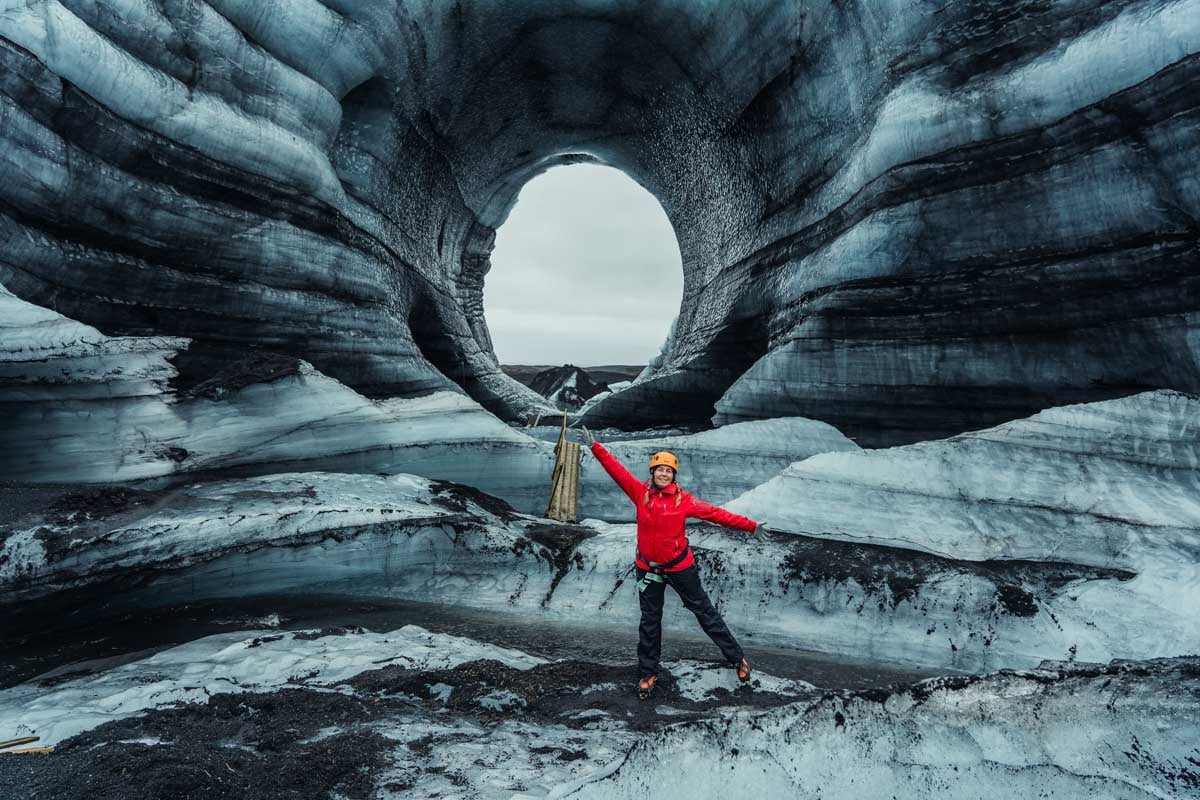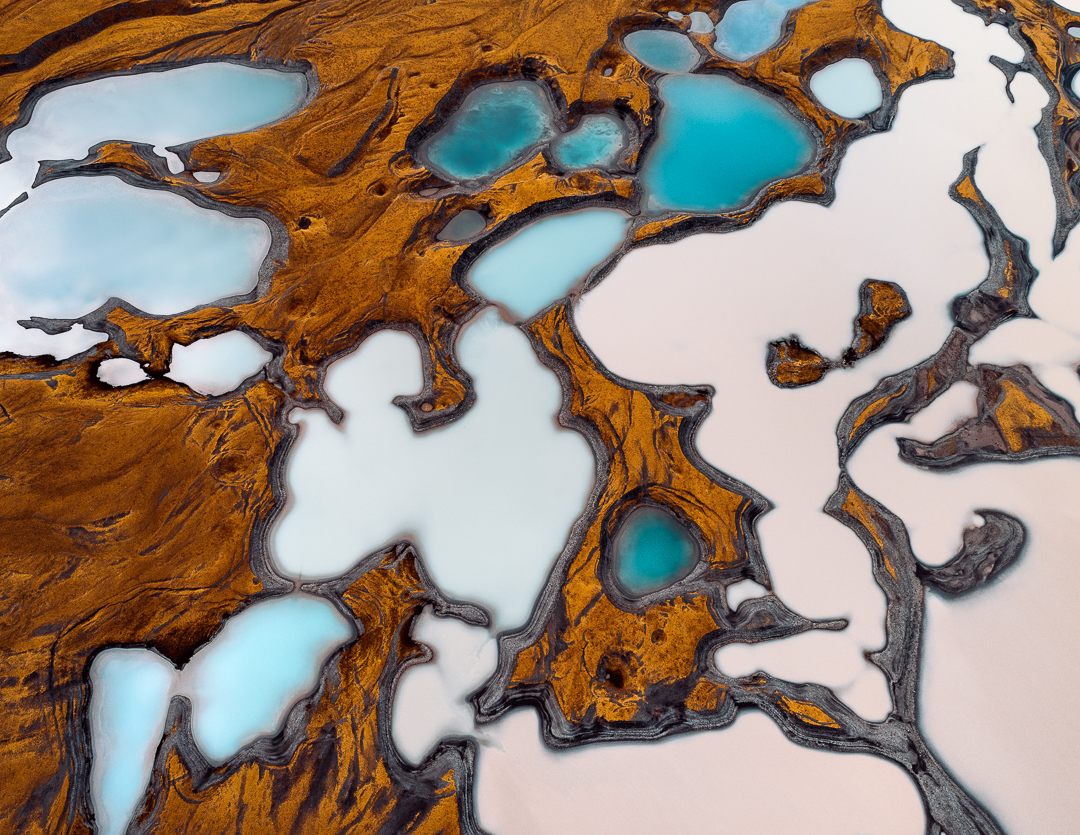How to Expect Weather in Iceland in March
Welcome to our short guide to Iceland’s weather in the exciting month of March. Here, you will learn how to understand the weather and get ready for it. Iceland is known for its beautiful landscapes and natural wonders. However, the weather is unpredictable and always changing, so tourists need to be careful.
In this piece, we will talk about the different kinds of weather, average temperatures, how much rain there is, and how long the days are in March. This will help you plan your activities well and get ready for the Private day tours from Reykjavik in the right way.
It is your chance to get amazed by the weather in Iceland in March as we show you how to get around this amazing island.
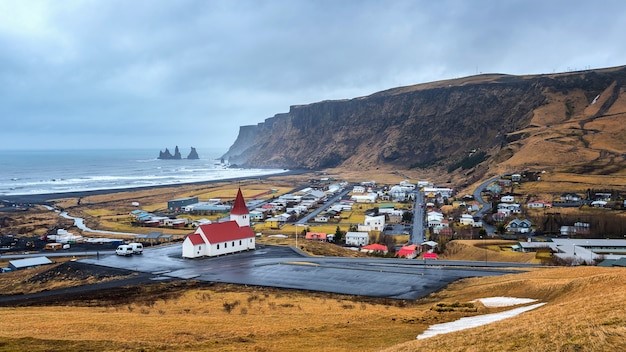
Why Do You Foresee Iceland Weather in March?
Let us start with the most important that Iceland is a land of both fire and ice and is also home to stunning natural wonders. That is why people who love tourist attractions are eager to visit this one-of-a-kind travel destination. If you want to follow your interest, you should learn more about the weather in Iceland during March.
You should do it to have a fun, joyful, and amazing journey. If someone has enough information about the weather in Iceland during March, you can plan their tourist activities accordingly.
Important to Understand Iceland in March Weather
Good weather is important for a pleasant tourist experience. So, it is important for tourists to be aware of the weather in Iceland during March. Tourists say that the weather in March can be quite cold, and it may even get colder as the month goes on.
In March, the temperature ranges from a low of -2.2 degrees to a high of 3.3 degrees. Also, there may be some rain during this month.
Make sure you are ready to deal with this situation. If you travel to the remote areas of Northern Iceland, you will realize that the weather frequently changes from rain to snow. You also need to take the necessary steps if such a situation occurs. For both of these conditions, it is very important to wear jackets that are waterproof and clothes made of wool.
The amount of daylight in Iceland changes throughout the month. During this time of year, Iceland experiences 10 hours of daylight. But by the end of March, this time period gets longer and lasts for 13 hours.
Every day, an extra 10 minutes will be added, which will eventually sum up to a difference of 3 hours. Similarly, the timing of sunrise and sunset changes continuously without interruption.
For more details, you can read: Iceland Weather: What You Need to Know Before You Go
Precipitation In Iceland
Iceland gets quite a bit of rain and snow in March. You should know when and how much it rains in Iceland to plan your Day tour from Reykjavik. In the month of March, there is a good chance it will rain or snow.
In March, the amount of rain or snow that falls in Iceland can differ depending on the location. In certain areas, the amount of rainfall can range from 70 to 100 millimeters (2.8 to 3.9 inches). It’s important to keep in mind that these are only average values, and the actual levels may differ.
The weather can affect how the roads look and how well we can see while driving. If you plan to drive in Iceland during March, it’s a good idea to regularly check weather forecasts and road conditions. Also, places that are popular among tourists, like waterfalls and hiking trails, can get slippery or muddy because of the rain. It’s important to wear the right shoes and be careful to stay safe.
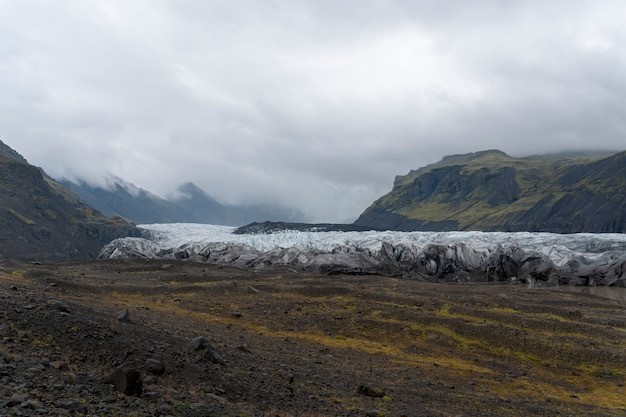
Average Temperature In Iceland
To plan your activities and pack accordingly, it is very important to know what to expect for the average temperature in Iceland during March. Iceland is still quite cold in March as it moves from winter to spring. In Iceland, the temperature usually ranges from 0°C to 5°C (32°F to 41°F) during this month.
During the day, the temperature will be around 5°C (41°F). But it is important to remember that temperatures can get much colder at night, sometimes dropping to 0°C (32°F) or even below freezing. It is a good idea to wear layers and warm clothes to stay comfortable all day.
The temperatures can affect your plans for outdoor activities and traveling. If you have plans of exploring Iceland’s natural wonders or doing outdoor activities, it’s important to be ready for colder weather. You can still have fun doing things like hiking, sightseeing, and glacier activities if you wear the right clothes and layer up or enjoy a Helicopter tour from Modrudalur.
Daylight Hours In Iceland
In March, Iceland experiences longer daylight hours as it moves towards spring. But it is worth mentioning that Iceland is situated at a high latitude, which means that the days are comparatively shorter.
In early March, the sun rises at about 7:30 a.m. and sets at around 6:30 p.m. As the month goes on, there’s more daylight in Iceland, so visitors have more time to enjoy the country’s natural beauty.
In March, Iceland usually has around 10 to 12 hours of daylight for visitors. It is important to plan your activities properly, especially if you have certain places or things you want to see. Remember that some of the famous tourist destinations may have fewer people during this period, which can provide a more peaceful and calm experience.
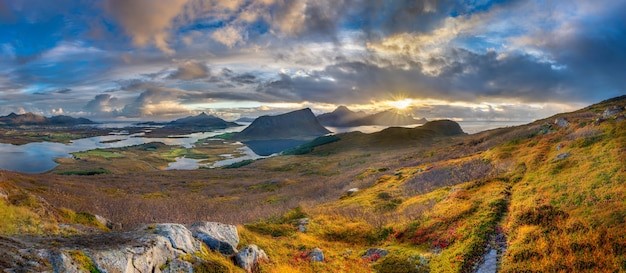
Iceland in March Weather
The sun will rise at 8:34 AM on March 1st and set at 6:46 PM. The sun will rise at 6:48 AM and set at 8:16 PM on March 31st. This brief detail will be helpful for you to understand Iceland in March weather.
What is likely to experience during mild weather in Iceland in March?
You can enjoy many places and things of tourist attractions in Iceland in March, which are as follows:
Northern Lights
During March, the chances of seeing the Northern Lights require you to wait for a long time. The daylight becomes more extended, and the darkness in the skies appears a bit late. Thus, you will stay for a longer time to catch the dazzling view of the Northern Lights.
Road Trips
Entertainment lovers are thrilled by the empty roads. In March, there are fewer tourists compared to mid-summer. In Iceland, there is plenty of space for you to enjoy the peaceful surroundings. Touring along Ring Road will be enjoyable.
Experience Skiing
You can ski on the slopes of Iceland’s powdery snow. To have fun, follow the northern parts of Iceland. Akureyri is a popular destination for tourists who enjoy skiing, as it is well-known for being a skiing town. Also, the Hlidarfjall Hills are good for skiing.
Reykjavik Walk
Reykjavik is the capital of Iceland and has many streets, attractive places, and fun venues, and hosts various festivals. If you are in Iceland in March, taking a walk in Reykjavik can give you a refreshing change of scenery.
Horse Riding
Tourists love to go horseback riding in Iceland during the mild weather of March to complete their passion. The Icelandic horse is a special breed known for its distinctive appearance during winter, friendly conduct, and comfortable size. You can enjoy a relaxed ride on it because of these features. Riding a horse in Iceland during March can be a great experience.
Watch Whales
You can reserve a tour to see whales. This is a great activity to do in March. During the coldest winter, whales leave Iceland and dive deep into the waters.
Minke and humpback whales come back to Reykjavik in March. You can spot different types of whales if you head north.
Glaciers and Ice Caves
The glaciers in March are colorful and attractive. You can book a tour for hiking on glaciers and explore an ice cave beneath the glacier.
Tourism Iceland offers ice cave and glacier hiking tours that are sure to entertain you with these amazing attractions. Book now!
Snorkeling
Snorkeling in Iceland during March is an exciting experience that you shouldn’t miss. Snorkeling can still be an exciting activity, even in water that is as cold as 2 degrees Celsius. Silfra Fissure in Thingvellir National Park is a great place for snorkeling.
The canyon contains fresh water and offers visibility up to 100 meters below. Tourism Iceland has added snorkeling to its tour plan.
Festivals and Events
To make the most of your March in Iceland, attend as many festivals as you can in Iceland. Icelandic festivals like Bun Day, Ash Day, and Explosion Day are quite thrilling.
In Iceland, March weather often includes marches and food festivals. Book a tour with us and enjoy the festivals and events.
Drive in the Weather during Icelandic March
It would help if you were careful while driving in Iceland in March weather. When you are in the North or West part of Iceland, the weather can change unexpectedly, making it difficult to drive on the roads. Make sure to regularly check the weather forecast and stay informed about the state of the roads.
Secure against March Weather in Iceland
To stay safe from the unpredictable March weather in Iceland, you should pack warm socks, wool pants, a hat, and hiking shoes. Wearing thick trousers, sweaters, gloves, sunglasses, and waterproof jackets is very important.
Final Word
To sum up, if you want to go to Iceland in March, you need to know what the weather will be like and be willing to change your plans. During this time of year, the weather in Iceland can be hard to predict and change quickly.
But if you plan and think in the right way, you can still make the most of your trip. Make sure to bring appropriate layers of clothes, plan for rain and wind, and be open to seeing the beautiful Northern Lights.
Enjoy the natural beauty of Iceland and the unique things you can do there. Every weather situation has its own charm. You can have a trip to Iceland in March that you will never forget if you stay informed, are flexible, and have a sense of excitement. You will see for yourself how the country’s weather is always changing and always different.


